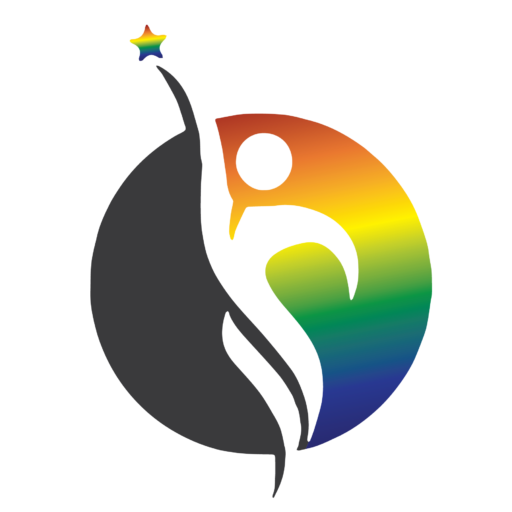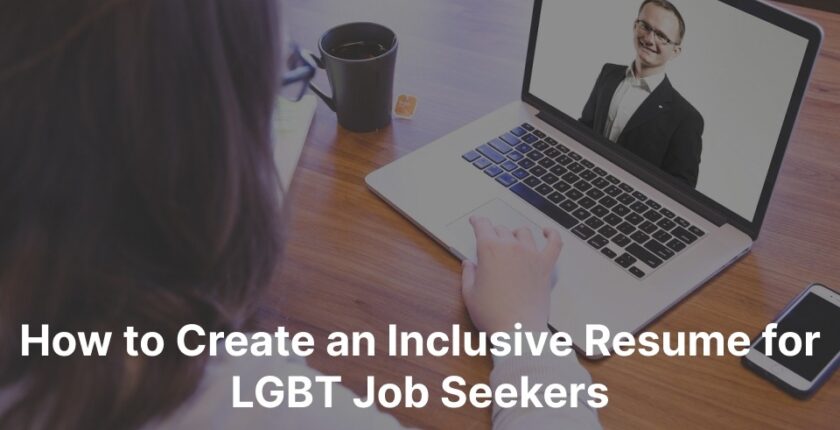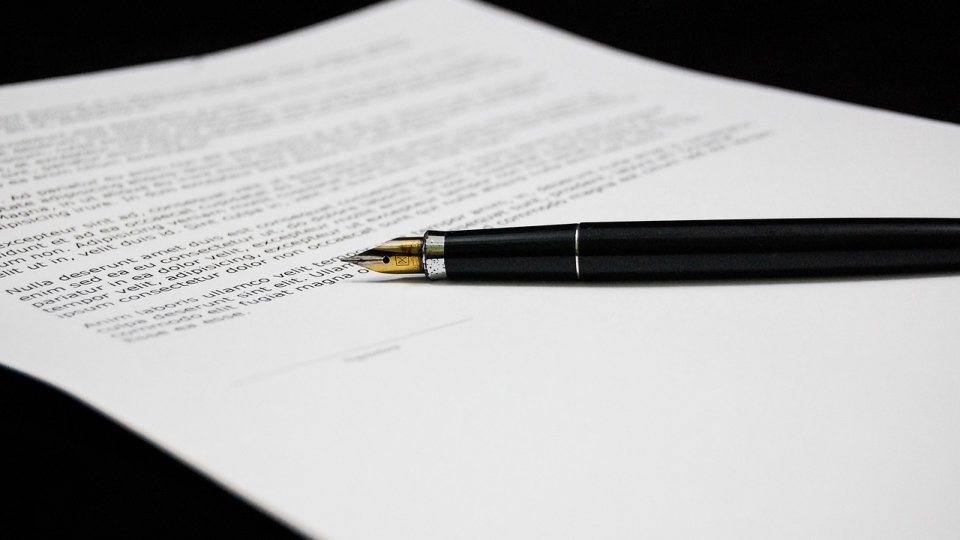How to Create an Inclusive Resume for LGBT Job Seekers
Crafting a compelling resume is challenging for everyone—but for LGBT job seekers, the stakes often feel higher. Should you include that leadership position with a local Pride committee? How do you address potential name changes or pronouns? And will openly sharing your identity impact your chances? These questions are common, especially given that workplace discrimination remains a reality for many LGBT professionals.
Fortunately, inclusive hiring practices are on the rise, and there are steps you can take to create a resume that not only highlights your qualifications but also authentically reflects who you are. In this guide, we’ll explore how to craft a resume that resonates with inclusive employers—those who see your full identity as a strength, not a drawback.
We’ll cover strategic ways to address volunteer work, highlight advocacy, and navigate pronouns, all while tailoring your resume to different industries. By the end, you’ll have the tools to produce a polished, inclusive resume and confidently seek opportunities where you can truly thrive.
Importance of an Inclusive Resume
When we talk about an “inclusive” resume, we’re referring to a document that reflects your entire experience, both professional and personal, without omitting aspects of your identity out of fear.
For LGBT individuals, that may mean mentioning specific volunteering with local LGBT centers, or leadership positions in Pride committees, if you choose to do so. In essence, an inclusive resume embraces the full scope of your background while placing it in a professional context.
Why Inclusion Matters for LGBT Candidates
Openly highlighting your LGBT-related achievements or associations can connect you with employers who genuinely value diversity. Companies that welcome LGBT candidates typically have progressive policies, support networks, and inclusive benefits, leading to better workplace experiences.
By integrating these elements into your resume, you help future employers see not only your skills but also the unique perspectives you bring to the table.
Setting the Stage for Success
It’s normal to feel anxious about whether revealing your LGBT involvement could lead to bias. The reality is that some workplaces still lack inclusive values.
However, presenting your authentic self can also serve as a protective measure: if an employer reacts negatively to your identity even during the hiring process, that’s a red flag about how you’d be treated as an employee. Before sending out your resume, do your due diligence.
Check prospective companies’ policies on anti-discrimination, look into their employee resource groups, and see if they sponsor local LGBT events. Specialized job boards like joboard.lgbt can streamline this research, connecting you to organizations already committed to inclusive practices.
Resume Basics—Structure and Formatting
Essential Resume Sections
While the content of your resume can be highly customized, certain sections are standard:
- Header: Name, contact information, and possibly your LinkedIn URL.
- Summary or Objective: A snapshot of your career goals or core competencies.
- Experience: Professional roles, internships, or significant volunteer experiences.
- Education: Degrees, certifications, or relevant coursework.
- Skills: Both technical and soft skills.
Customizing Your Layout
Resume formats often fall into three categories:
- Chronological: Traditional format listing experience in reverse order.
- Functional: Focus on skills rather than strict chronology—useful for career changers or those with gaps.
- Combination (Hybrid): Merges chronological and functional elements, emphasizing skills alongside a clear work history.
Choose the layout that allows you to best showcase both your professional accomplishments and any relevant advocacy or leadership roles.
Avoiding Common Pitfalls
- Overstuffing: Trying to cram every experience into one page can overwhelm the reader. Be selective and concise.
- Lack of Clarity: Keep your writing straightforward, free of jargon that might confuse recruiters.
- Poor Formatting: A cluttered layout or inconsistent font choices can detract from your content.
Highlighting LGBT-Related Achievements
Volunteering and Community Involvement
Were you part of a local LGBT youth mentorship program? Did you volunteer at a Pride event or at a community center offering services to the LGBT population? These roles often involve valuable skills—team management, event planning, fundraising—that are transferrable to professional settings. Don’t hesitate to list them in your “Experience” or “Volunteer” section if they’re relevant.
Leadership Roles and Advocacy Work
If you’ve led an LGBT student group in college, organized a campaign to raise funds for a trans healthcare initiative, or served on the board of an advocacy nonprofit, these are strong indicators of leadership and project management. Many employers look for candidates who’ve demonstrated the ability to mobilize teams, manage budgets, or juggle responsibilities—skills common in advocacy work.
Incorporating Relevant Skills
- Communication: Public speaking, community outreach, and social media campaigning.
- Teamwork: Collaborating with diverse volunteers and stakeholders.
- Problem-Solving: Addressing unexpected roadblocks during events or activism efforts.
Link these skills directly to the job’s requirements to show how your advocacy background translates into the workplace.
Balancing Identity Disclosure
Deciding How “Out” You Want to Be
This decision varies greatly among LGBT job seekers. Some choose full transparency: they explicitly mention LGBT organizations, volunteer work, or pronouns. Others opt for more neutral phrasing like “community outreach” if they’re uncertain about an employer’s inclusivity. Ultimately, the level of disclosure depends on your comfort level and the research you’ve done on potential employers.
Addressing Gaps or Transitions
Transgender candidates might have name changes or transitions that overlap with periods of employment, leading to resume gaps or mismatched documentation. If you’re worried about discrepancies, consider explaining them briefly in a cover letter or preparing a succinct response for interviews. Focus on your qualifications and emphasize that you’re able to provide the necessary legal documentation upon request.
Using Inclusive Language
Pronouns and Names
If you use pronouns (e.g., they/them, she/her, he/him) or prefer a certain name that differs from your legal name, you can list them in your header or next to your name. For instance:
Sam Jones (They/Them)
Taylor Smith (He/Him)
This simple addition can set the tone for interviews and clarifies any potential confusion recruiters may have.
Avoiding Biased Terminology
Inclusivity also means being mindful of language that could alienate or marginalize. Focus on neutral or positive phrases. Rather than “minority issues,” you might say “underrepresented communities” or “equity-focused initiatives.” This practice not only reflects sensitivity but also signals to prospective employers that you value inclusive communication.
Tailoring the Resume for Different Industries
Corporate vs. Nonprofit
Corporate employers might prioritize metrics, revenue impact, and leadership in your resume. Nonprofits, on the other hand, often value community engagement, fundraising experience, and mission-driven initiatives. If your advocacy experience aligns with corporate social responsibility (CSR), emphasize how you helped shape or improve workplace culture—particularly if you served on a diversity council or spearheaded an inclusion program.
Startups vs. Established Firms
Startups tend to be agile and mission-oriented, often seeking employees who can wear multiple hats and adapt quickly. If you’re applying to a startup, highlight your adaptability and resourcefulness—two qualities that can be honed through grassroots activism. Conversely, established firms may value a steady track record, so stress consistency and reliability, including any long-term volunteer commitments.
The Role of joboard.lgbt in Job Searches
Some job seekers find that traditional listings don’t fully address their concerns about inclusion. That’s why specialized boards like joboard.lgbt can be a lifeline. These platforms connect LGBT professionals with workplaces that have already demonstrated inclusive credentials.
Instead of wading through hundreds of random listings, you can zero in on positions that reflect your values and skill set. On joboard.lgbt, employers typically highlight their diversity policies, employee resource groups, and benefits that specifically support LGBT staff, such as coverage for transition-related healthcare.
By applying through such a site, you can trust that your resume will land in the hands of people who genuinely care about inclusive hiring. This not only reduces stress but also increases your chances of finding a workplace where you can flourish as your full self.
Showcasing Transferable Skills
Soft Skills That Shine
- Conflict Resolution: Managing heated discussions or bridging divides between community stakeholders.
- Active Listening: Serving as a mentor or support person in LGBT networks.
- Leadership & Initiative: Driving projects or campaigns with minimal oversight.
Technical Competencies for LGBT Candidates
Don’t overlook industry-specific skills you’ve cultivated. Maybe you developed a community event app, created data analyses around LGBT demographics, or managed digital marketing for Pride events. These abilities are highly marketable in the private, public, and nonprofit sectors alike.
Crafting a Powerful Summary or Objective Statement
Incorporating Inclusive Values
A summary or objective statement is a short paragraph at the top of your resume that sets the tone. If you’re seeking a diversity-focused role or you have a strong track record in advocacy, you can weave that into your opening lines. For example:
“Committed diversity advocate with 5 years of experience driving inclusive campaigns and community outreach, now seeking to foster a welcoming environment as a Corporate DEI Coordinator.”
Making a Strong First Impression
The key is to align your personal mission with the company’s objectives. Read their job description closely. If they mention improving community engagement, you might spotlight your volunteer coordination. If they stress innovation, emphasize how your diverse background fosters creativity. The goal: show you can help them reach their goals while staying true to your values and identity.
References and Recommendations
Choosing Inclusive Referees
Pick references who not only know your work well but also appreciate your commitment to inclusivity. Former supervisors or colleagues from LGBT-friendly environments can highlight strengths such as empathy, teamwork, and resilience. Be sure to ask references for permission before listing them, and prep them on the roles you’re aiming for so they can tailor their endorsements.
Handling Sensitive Information
If you’re not out in your current workplace, or you’d prefer certain references not share details of your identity, communicate that upfront. You can provide a separate list of references for LGBT-specific roles, ensuring no accidental disclosures undermine your comfort level or job prospects.
Fine-Tuning and Final Checks
Peer Review and Mentorship
Ask a trusted friend or mentor, ideally someone who understands the nuances of LGBT inclusion, to review your resume. They can point out phrases that might be misinterpreted, suggest ways to better frame your achievements, or confirm that your pronoun usage is consistent.
Proofreading for Errors
You want recruiters focusing on your qualifications, not a typo in the second sentence. Grammar and spelling mistakes can signal a lack of attention to detail. Use spell-check tools and, if possible, have someone else do a final read—fresh eyes often catch errors you’ve overlooked.
Asking for Feedback
If you’re applying to multiple positions, track how employers respond. If you notice patterns—like frequent requests for clarification or consistent rejections at a certain stage—ask for feedback (politely) whenever possible. Adjusting your resume with constructive input can help you refine it for better results next time around.
Conclusion
An inclusive resume is more than just a document; it’s a reflection of your professional path and personal convictions. For LGBT job seekers, striking a balance between highlighting your authentic self and meeting the expectations of potential employers can be tricky.
Yet, as more companies champion diversity and seek out candidates with unique perspectives, being open about your background can serve as a powerful asset. Take the time to research, tailor, and refine your resume for different roles.
Emphasize leadership in advocacy work, incorporate inclusive language, and consider specialized platforms like joboard.lgbt to ensure you connect with employers who value the fullness of who you are. Remember, the end goal isn’t just getting a job—it’s finding a workplace where you can thrive, grow, and continue making a difference. With a well-crafted, inclusive resume, you’ll be one step closer to that goal.
FAQs
That depends on your comfort level. If you prefer an environment that fully embraces diversity, mentioning LGBT-related work can help attract the right employers. If you’re concerned about discrimination, you can opt for more neutral language but still highlight the relevant skills you gained.
You can include the name and pronouns you currently use on your resume. If legal documents differ, consider explaining that briefly in a cover letter or during the interview process to clear up any discrepancies.
Potentially, yes—but that also helps you identify employers who might not be inclusive. Many progressive companies actually see such experience as a plus, showcasing leadership and empathy.
Incorporate relevant job description terms like “DEI,” “LGBT advocacy,” or “community outreach” if they align with your background. Check each posting’s list of requirements and weave them into your resume naturally.
You can use a foundational resume for all applications, but tweak it slightly to match each position. If a role explicitly emphasizes diversity, highlight your advocacy experiences more prominently. For general roles, you can still keep mentions of volunteering but focus on the overarching skills—like project management or teamwork.



